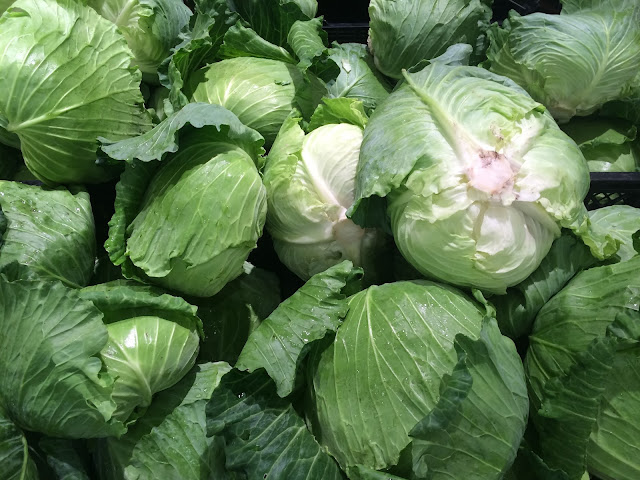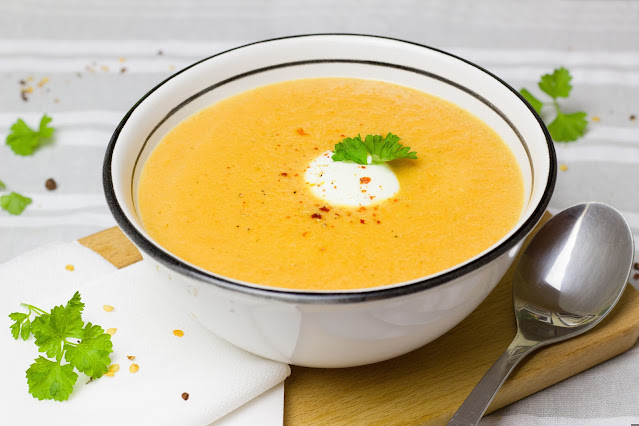One remarkable example of this movement is the
transformation of cabbage cores – the tough inner part of cabbages that is
often discarded. Partnering with the Co-Op Deli Consumers’ Co-operative Union
based in Saitama, Kewpie Group has ingeniously repurposed these cores to craft
delectable soup dishes like minestrone and potage. These items, known for their
coarse texture and distinctive sweetness, are made available through a
convenient home delivery service exclusively for registered members.
Approximately seven tons of cabbage cores are projected to be utilized
annually, significantly curtailing unnecessary waste.
Despite traditionally being relegated to the trash bin
due to their fibrous and firm nature, cabbage cores boast surprising attributes.
Constituting roughly 10% of a cabbage's total weight, they harbor a natural
sweetness and are rich in dietary fiber, making them ideal candidates for
inclusion in stewed cuisines. Toshiyuki Uechi from the Vegetable Innovation
Department at Kewpie Corp.’s Institute of Food Creation attested,
"Customers resonate with our environmentally conscious approach."
The upcycling movement transcends the culinary realm,
witnessing creative applications beyond edible products. In a striking synergy,
Ito En, Ltd. and Mizuno Corp. joined forces in 2018 to engineer artificial turf
using discarded tea leaves sourced from Ito En's Oi Ocha tea beverage
manufacturing process. Installed on a soccer field at Teikyo Nagaoka High
School in Niigata Prefecture, this turf outperformed conventional black rubber
chips in heat reduction. By blending used tea leaves from the equivalent of
430,000 plastic bottles of Oi Ocha Tea (525 milliliters) with resin, a novel
and efficient turf material emerged.
Moreover, Meiji Co. unveiled a creative upcycling
innovation in June – employing finely ground cacao bean husks as a molding
material for crafting small containers and vases. These products not only offer
utility but also emanate the delightful aroma of chocolate, enhancing the
sensory experience. Katsunari Matsuda, President of Meiji, emphasized,
"This initiative benefits both our consumers and the cacao industry."
Tomohiro Ishikawa, a senior researcher at the
Distribution Economics Institute of Japan, remarked, "This upcycling trend
is congruent with consumers' growing penchant for value-added products."
As Japan's upcycling movement continues to evolve, it not only addresses the
challenge of food waste but also ushers in a new era of resourceful innovation
that resonates with both environmental consciousness and culinary delight.
With the boundaries of innovation constantly pushing
the envelope, will this emerging era of upcycling redefine our relationship
with waste and consumption? Do you find yourself captivated by the symphony of
sustainability and imagination, intrigued by the harmonious blend of
practicality and pleasure? Will other countries in the future advocate for
change, embracing the mottainai spirit, and savoring the possibilities of this
new kind of recycling?
Discover the art of
Related Articles:
7-Eleven Eco Friendly Onigiri For A Greener Future




Comments
Post a Comment